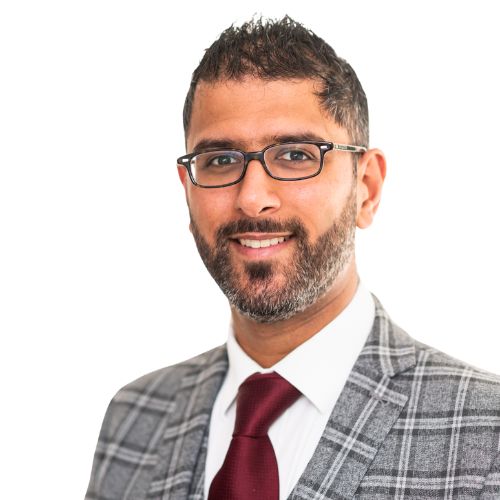Treatment options and pricing
Browse and click below to book any of our available service.
Varicose Veins Removal Follow up Appointment
Included in the Varicose Veins Removal Follow up Appointment
Our follow-up consultation ensures that the treatment is progressing as expected, addressing any concerns, and making any necessary adjustments to the treatment plan.
Varicose Veins Removal Initial Consultation
Included in the Varicose Veins Removal Initial Consultation
Our initial consultation involves a thorough examination to understand the extent of the varicose veins and the underlying venous health. Our specialists are dedicated to providing personalised care, addressing your concerns, and discussing the most suitable treatment options for your condition.
Varicose Veins Removal Post-Procedure Follow-Up
Included in the Varicose Veins Removal Post-Procedure Follow-Up
Our post-procedure follow-up ensures that you are recovering well and provides an opportunity to address any concerns you may have following the treatment.
Varicose Veins Removal Procedures – Foam Sclerotherapy
Included in the Varicose Veins Removal Procedures – Foam Sclerotherapy
Foam sclerotherapy involves injecting a foam solution into the varicose veins, causing them to shrink and eventually disappear. It’s a quick and effective treatment for varicose veins with minimal downtime.
Varicose Veins Removal Procedures – Radio-frequency Ablation
Included in the Varicose Veins Removal Procedures – Radio-frequency Ablation
Radio-frequency ablation is a minimally invasive procedure that uses radiofrequency energy to heat and seal off the affected veins. This procedure promotes better venous health and alleviates the symptoms of varicose veins.
Common Q&A about Varicose Veins Removal
Our FAQ section is designed to address common questions you may have, from how our treatments work to what you can expect during and after your session.
Our team is always available to provide additional support if you need more personalised guidance, ensuring that you feel informed and confident every step of the way.
Varicose veins are enlarged, twisted veins that often appear blue or dark purple and frequently occur in the legs.
They are caused by weakened valves and veins, which may result from genetics, age, hormonal changes, pregnancy, obesity, or prolonged standing.
Common symptoms include aching, heavy legs, swollen feet and ankles, and the appearance of prominent, bulging veins.
Removal can be done through various methods, including laser treatment, sclerotherapy (injections), or surgical vein stripping.
Most procedures are minimally invasive and involve some discomfort, but local anesthesia is often used to manage pain.
Recovery varies by procedure; patients can often return to normal activities within a few days, though full healing takes a few weeks.
Potential risks include bleeding, bruising, infection, and recurrence of varicose veins.
Yes, while treatment significantly reduces their appearance, new varicose veins can develop over time.
Many insurance plans cover varicose vein treatment if it's deemed medically necessary; check with your provider for specifics.
Preventative measures include maintaining a healthy weight, exercising regularly, elevating legs, avoiding prolonged standing or sitting, and wearing compression stockings.



